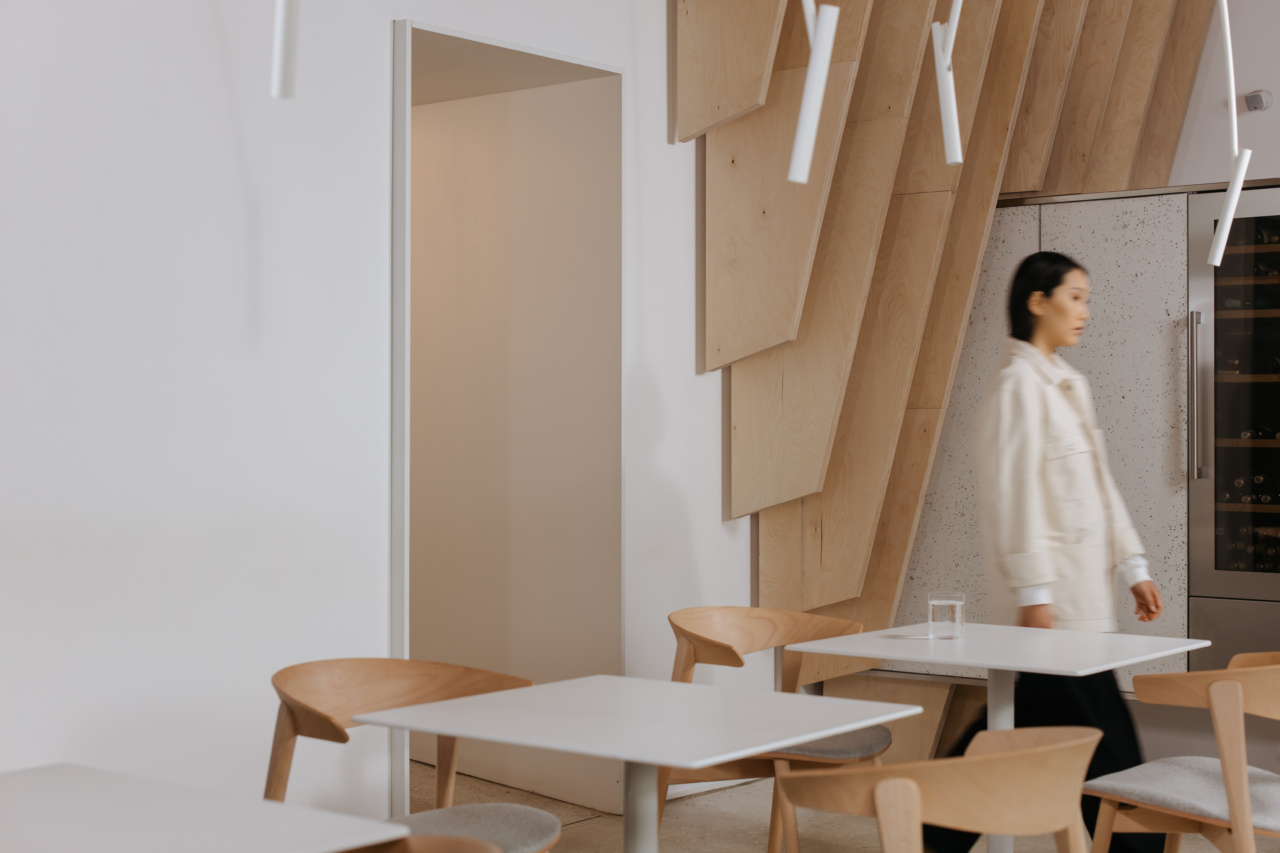Scandinavian walking, also known as Nordic walking or pole walking, is a popular form of physical activity that originated in Scandinavia.
It involves the use of specially designed poles to enhance the natural walking motion and engage the upper body muscles. In recent years, Scandinavian walking has gained recognition worldwide for its numerous health benefits. This article will explore the advantages of incorporating this activity into your fitness routine.
1. Full-Body Workout
Unlike regular walking, Scandinavian walking involves the activation of the upper body muscles, including the arms, shoulders, and core. The use of poles propels you forward and creates resistance, resulting in a full-body workout.
This integrated movement targets multiple muscle groups at once, making it an efficient way to tone and strengthen the entire body.
2. Increased Caloric Expenditure
Scandinavian walking elevates the intensity of a regular walk, leading to increased caloric expenditure. By engaging the upper body and adding resistance, you burn more calories compared to traditional walking.
This makes it an excellent choice for individuals looking to lose weight or maintain a healthy weight.
3. Improved Cardiovascular Fitness
Engaging in regular Scandinavian walking can have a positive impact on cardiovascular health. The combination of elevated heart rate, increased oxygen intake, and improved circulation helps strengthen the heart and lungs.
Over time, this can lead to improved cardiovascular fitness, reduced risk of heart disease, and better overall endurance.
4. Joint-Friendly Exercise
Walking, in general, is a low-impact exercise, and Scandinavian walking takes it a step further.
The use of poles helps distribute the weight and reduce the impact on joints, making it suitable for individuals with joint conditions or those recovering from injuries. It provides a gentle yet effective way to stay active without putting excessive strain on the joints.
5. Posture and Balance Enhancement
One of the key benefits of Scandinavian walking is its positive impact on posture and balance. The use of poles encourages an upright and aligned posture, engaging the core muscles and improving overall body posture.
This can help alleviate back pain, strengthen the back muscles, and reduce the risk of falls by enhancing balance and stability.
6. Stress Relief and Mental Wellbeing
Engaging in any physical activity releases endorphins, which are known as “feel-good” hormones. Scandinavian walking not only provides the physical benefits but also offers a natural stress relief and contributes to mental wellbeing.
The combination of fresh air, natural surroundings, and rhythmic movement can boost mood, reduce anxiety, and improve overall mental health.
7. Versatility and Accessibility
Scandinavian walking can be enjoyed by individuals of all fitness levels and ages. It can be adapted to various terrains, from city sidewalks to nature trails, making it a versatile outdoor activity.
The use of poles also enhances stability and confidence, allowing individuals with mobility issues or balance concerns to participate safely.
8. Social Engagement
Participating in Scandinavian walking can be a social and community-building experience.
Joining a Nordic walking group or participating in organized walking events provides opportunities for social engagement, meeting like-minded individuals, and enjoying the outdoors together. It can help combat feelings of loneliness and connect people with similar interests.
9. Low-Cost Activity
Scandinavian walking requires minimal equipment – mainly the specially designed poles. Once you have the poles, the activity itself is free and can be done anywhere.
This makes it a cost-effective option for those looking to incorporate regular exercise into their routine without breaking the bank.
10. Improvement in Overall Quality of Life
By embracing Scandinavian walking as part of your routine, you can experience an improvement in your overall quality of life. The combination of physical, mental, and social benefits contributes to a healthier and more fulfilling lifestyle.
Regular physical activity has also been linked to increased longevity, reduced risk of chronic diseases, and a higher overall sense of wellbeing.






























